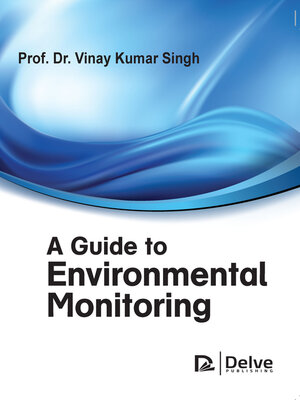
Sign up to save your library
With an OverDrive account, you can save your favorite libraries for at-a-glance information about availability. Find out more about OverDrive accounts.
Find this title in Libby, the library reading app by OverDrive.



Search for a digital library with this title
Title found at these libraries:
| Library Name | Distance |
|---|---|
| Loading... |
Environmental monitoring can be described as the measured sampling of soil, air, water and biota to observe and review the environment, and to acquire data from this process. Monitoring can be performed for various purposes, including to form environmental "baselines, patterns, and overall impacts", to test ecological systems, to assess environmental modelling strategies, to test strategy plan and navigation, to guarantee consistence with natural guidelines, to review the impacts of anthropogenic impacts, or to perform natural resource inventories. A list of purposes for monitoring is introduced in this volume, and the list assists with highlighting the significance of observation and how its outcomes are ever-present in our regular lives. Environmental monitoring projects can vary altogether in the size of their spatial and temporal limits. For instance, a threatened fish in a small river and the suitability of its transient fate will need monitoring on short and regional temporal and spatial scales, whereas the management of natural systems that scale a country will require monitoring systems that are a lot more extensive in scale. Monitoring systems can vary fundamentally in scope, varying from communal monitoring on a neighborhood scale, to enormous collaborative universal monitoring projects, for example, those focused on environmental change. An outline of spatial and temporal scale applicable to environmental monitoring is discussed in the volume.







